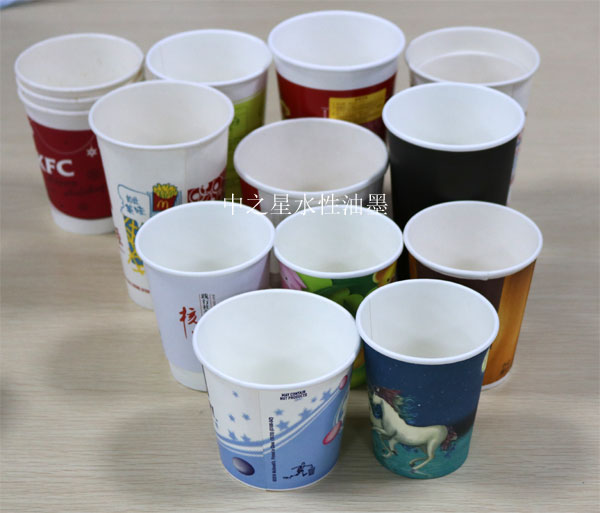How to choose the pigment for the production of water-based ink
Date: Sep 18 2023 From: Star Color Views:
Huizhou starcolor to tell you how to choose the pigment for the production of water-based ink
Selecting the right pigment for the production of water-based ink involves considering various factors to ensure optimal performance, color quality, stability, and compatibility with the water-based medium. Here are the key considerations:
1.Color Characteristics: Choose a pigment that provides the desired color intensity, hue, and transparency for the intended application. Some pigments are more vibrant and opaque, while others offer more transparency.
2.Compatibility with Water-Based Medium: Ensure that the chosen pigment is suitable for dispersing and mixing in a water-based medium without excessive clumping, settling, or destabilization.
3.Dispersion: The pigment should have good dispersibility, which means it should easily disperse uniformly throughout the water-based ink without forming agglomerates. This promotes even color distribution.
4.Particle Size: Pigment particle size influences properties like opacity, gloss, and flow. Smaller particles usually provide better color development and ink stability, while larger particles might impact these properties negatively.
5.Stability: The pigment should exhibit stability in the water-based medium, resisting flocculation, settling, or changes in color over time.
6.Lightfastness: Ensure that the pigment has good lightfastness, meaning it resists fading or color change when exposed to light over time.
7.Water Resistance: The pigment should not dissolve or bleed significantly when the printed ink comes into contact with water. This is crucial for maintaining the quality of printed material.
8.pH Sensitivity: Some pigments might be sensitive to changes in pH, which could affect their color and stability. Choose a pigment that is pH-stable within the expected pH range of the ink.
9.Application: Consider the specific application of the ink. Different pigments might be better suited for applications like fine art printing, packaging, textiles, or industrial printing.
10.Regulatory Considerations: Ensure that the chosen pigment complies with relevant regulations and standards for safety, toxicity, and environmental impact.
11.Cost: Pigment cost can vary widely. Balancing the desired color quality with production costs is important, especially for commercial applications.
12.Testing: Before large-scale production, conduct thorough testing of the chosen pigment in the water-based ink formulation. Evaluate properties like viscosity, color stability, drying time, adhesion, and overall print quality.
13.Manufacturer's Recommendations: Pigment manufacturers often provide guidelines for the best applications and formulations for their pigments. These recommendations can serve as a starting point.
14.Consult Experts: If you're new to ink formulation, consider seeking advice from experts or suppliers who specialize in pigment and ink production. They can provide valuable insights and recommendations based on your specific needs.
When choosing pigments, generally considers several aspects, such as product quality, stability, after-sales service and other comprehensive factors, and the performance of the pigments selected by StarColor is generally higher than the performance of the demand, combined with StarColor's self-improved grinding and dispersion equipment, the performance of ink can meet or even exceed the design requirements.

 RU
RU
 EN
EN
 CN
CN

